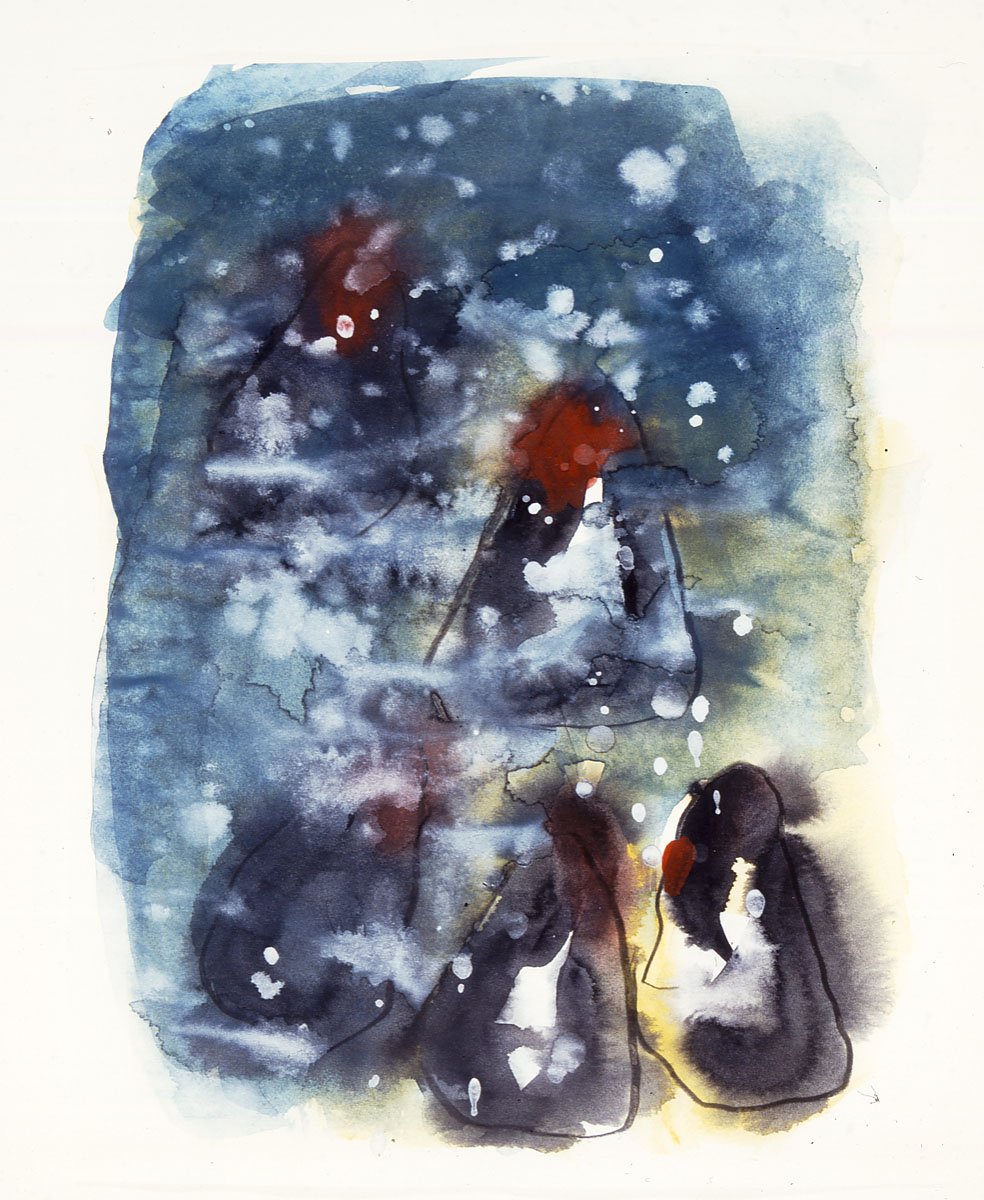
Untitled
Department of Art after 1800
| Artist | |
|---|---|
| Culture | Austrian |
| Date | mid-19th century |
| Object type | painting |
| Medium, technique | oil on wood |
| Dimensions | 32.8 x 52.4 cm |
| Inventory number | 209.B |
| Collection | Department of Art after 1800 |
| On view | This artwork is not on display |
Pettenkofen studied at the Academy of Fine Arts in Vienna, then initially creating somewhat mawkish Biedermeier paintings. During the Hungarians’ war of independence in 1848–49, he became a military painter while serving as an officer in the imperial army. In 1852 he travelled to Paris, becoming the first Austrian to establish contact with the Barbizon group of painters. For nearly three decades from the end of the following year, he travelled each summer to Szolnok, a town on the Great Hungarian Plain, the environs of which had made a great impression on him during his time as a military painter. It was here that he put into practice the plein air painting technique he had encountered in France, focusing on the realistic portrayal of the people and landscapes of the Hungarian puszta. His choice of scene attracted other Austrian painters; indeed, Otto von Thoren, Gualbert Raffalt and Tina Blau soon became returning guests. Based on their work, a group of Hungarian painters later established the Szolnok Artists’ Colony.
Having abandoned his earlier illustrative painting mode, Pettenkofen developed a unique style in the paintings made in the Szolnok area. His series of mostly small-sized genre paintings display the same restrained realism that characterises the work titled Slovak Cart, with a hay cart occupying almost the entire foreground and with tent-like coverings above market stalls in the background. He recorded the natural spectacle and the lives of local people and of those coming to the market with feeling and empathy but without undue pathos. The dust of the lowland landscape – or, in other pictures, the moist air of the riverbank – gives rise to a greyish veil even in brilliant sunshine, thus endowing the pictures with a uniformly reserved tone. Seen through Austrian eyes, the uneventful everyday lives of local peasants and gypsies and the barrenness of the puszta must have seemed an exotic world. Pettenkofen often exhibited his paintings made in the Szolnok area at exhibitions held by the Pest Art Society (Pesti Műegylet). His art not only drew acclaim from those attending the exhibitions; as time passed, it also received the attention of domestic and foreign art collectors as well as the major public collections. Together with the fellow Austrian artists who followed in his wake, Pettenkofen invigorated the development of genre painting in Hungary. He also played a crucial role in integrating paintings on Hungarian themes into the international artistic repertoire.
Ferenc Tóth
Peregriny, János, Az Országos Magyar Szépművészeti Múzeum állagai. 3. rész, Új szerzemények. 1.füzet: a, Festmények; b, Festmények módjára kezelt műtárgyak, Országos Magyar Szépművészeti Múzeum, Budapest, 1914.
Treasures from Budapest : European and Hungarian masterpieces from the Museum of Fine Arts, Budapest and the Hungarian National Gallery: Japan-Hungary friendship 150th anniversary: Exhibition at the National Arts Centre, Tokyo, on the 150th anniversary of the Japanese-Hungarian friendship 2019.12.04 – 2020.03.16., Nikkei Inc, Tokyo, 2019.
This record is subject to revision due to ongoing research.